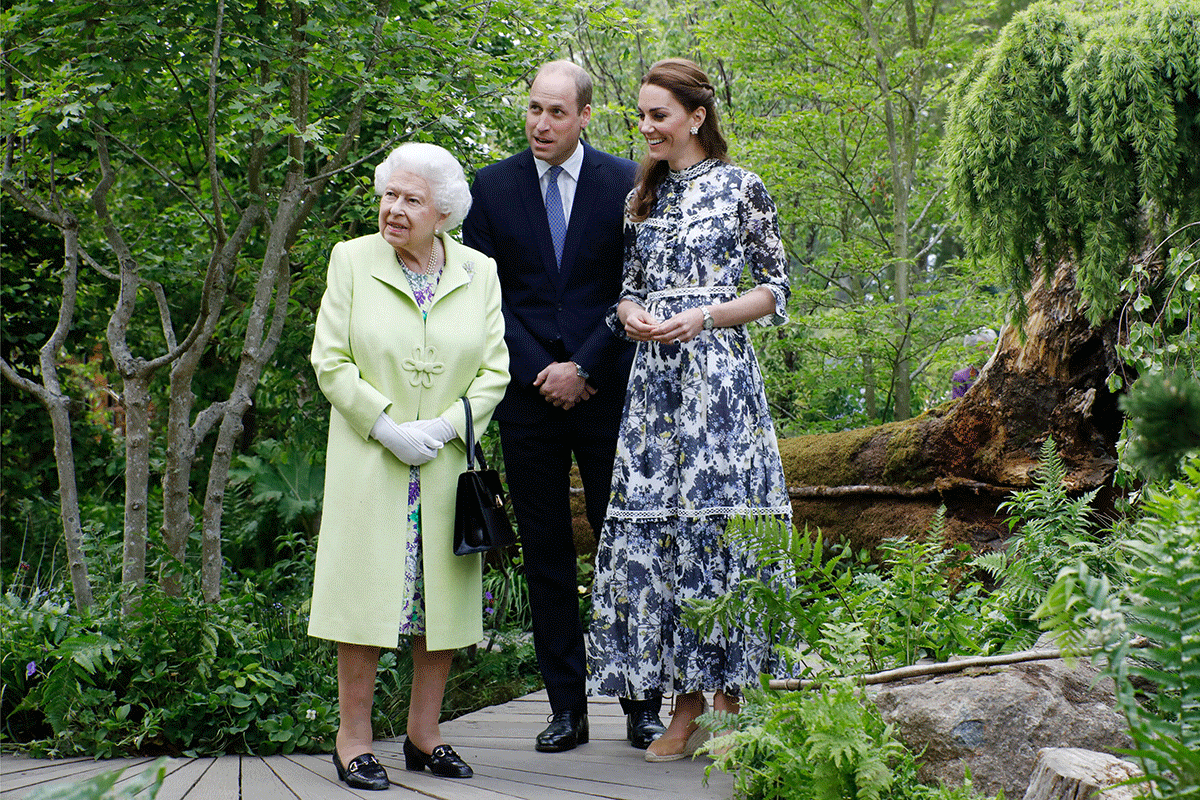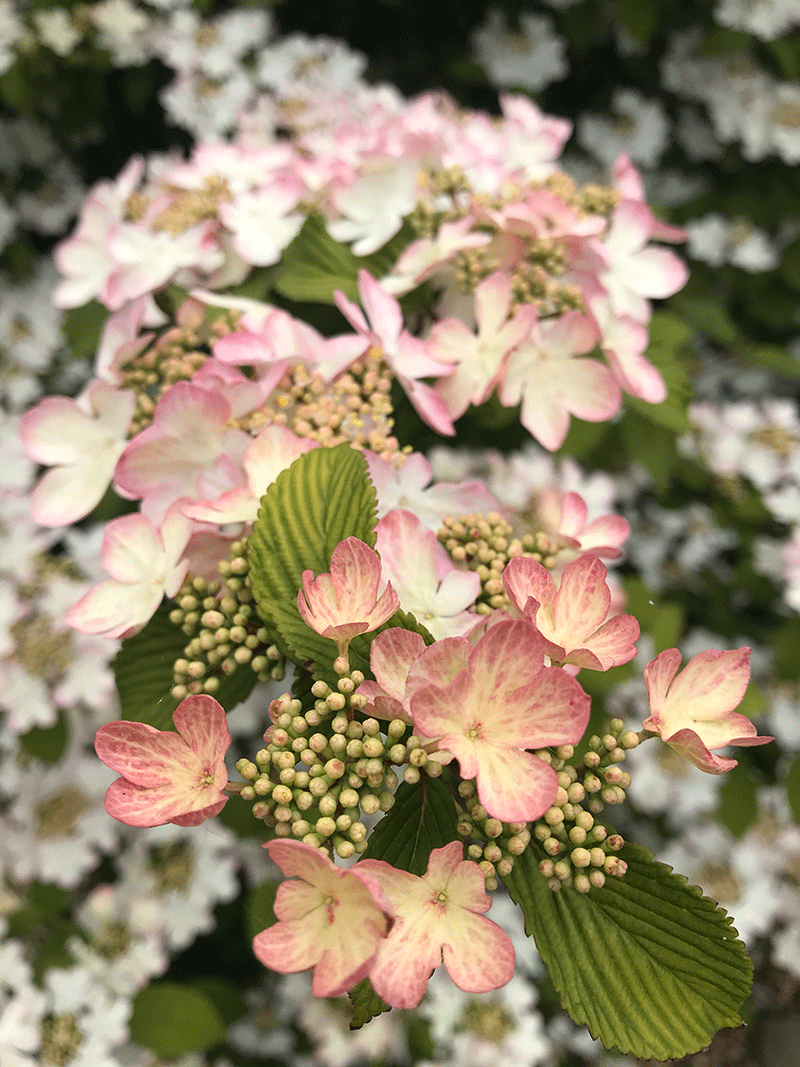This website uses cookies so that we can provide you with the best user experience possible. Cookie information is stored in your browser and performs functions such as recognising you when you return to our website and helping our team to understand which sections of the website you find most interesting and useful.
How the RHS Chelsea Flower Show’s transition to digital has proved a triumph of adaptability and creativity
By Michelle Johnson | 8 June 2020 | Culture
Tempus explores how this perennial favourite is now inspiring a summer where virtual festivals will flourish

The RHS Chelsea Flower Show has long been a fixed point in the British calendar. The world’s greatest garden show, it marks the start of summer for many of us and, with a growing 157,000 visitors each year, has never been afraid of modernisation.
Born from the Royal Horticultural Society’s Great Spring Show, launched in 1862, the festival has been held in its current form in the Royal Chelsea Hospital grounds since 1912 – with the now-famous Chelsea tea parties launched during the Roaring ’20s and the infamous ban on gnomes lifted in 2013 (the likes of Dame Helen Mirren and Sir Elton John painted the much-derided garden figures to sell for charity).
Throughout its 108-year run, the Chelsea Flower Show has only been cancelled twice: first in 1917 and 1918 – the last two years of the First World War – and during the Second World War, as the land was required by the War Office for an anti-aircraft site. The question of whether to cancel the 2020 show, then, was not taken lightly. In fact, the decision to go virtual wasn’t made until designers and contractors were ready to set up on Main Avenue, on 1 May.
With vocal naysayers adding to a seemingly unsure start, RHS organisers – led by the charity’s president Sir Nicholas Bacon and director general Sue Biggs – quickly brought together a robust schedule of virtual events from 18 to 23 May, with highlights featured on BBC television. Well-known designers and landscape gardeners including Sarah Eberle, Adam Frost, and Andy Sturgeon invited the public into their own gardens; the School Gardening Club provided hands-on activities for children and their parents; daily online floristry masterclasses and plant surgeries were hosted by experts and award-winning nurseries hosted behind-the-scenes tours of Britain’s best blooms.
The show also saw a multitude of famous faces pitching in, including the Prince of Wales, RHS ambassador Alan Titchmarsh, chef Raymond Blanc, astronaut Tim Peake and the Chelsea Pensioners – who starred in their own virtual tour. The Queen, Chelsea’s most famous fan and RHS patron, shared her own enthusiasm for the online event in a letter expressing her “best wishes” for all those involved. >>
Tempus salutes the luxury British brands helping our frontline workers during the Covid-19 pandemic


“My family and I have always enjoyed visiting the show,” she wrote. “As patron of the Royal Horticultural Society I was pleased to hear that you will be providing gardening advice and virtual sessions on your websit… I’m sure that my grandmother, Queen Mary, who first attended the Chelsea Flower Show in 1916, would be delighted that many people today have enthusiasm for horticulture and that gardening remains a popular pastime in the United Kingdom.”
These virtual sessions were a diverse mix of events designed not only to showcase the full breadth of the RHS’s work, but also offering the organisation an opportunity to rethink how a variety of fans, from across demographics such as age and socio-economic background, can engage with the show in modern times.
This was clear in the show’s fascinating range of events: Lee Connelly – the Skinny Jean Gardener – taught viewers how to make a seed bomb piñata. Elsewhere, a tour of the David Austin Rose Nursery, which shed light on the history of English roses, stood in delightful contrast to gold-medal winner Kazuyuki Ishihara’s zen garden paradise at home in Japan, and landscape designer Charlotte Harris took a lockdown tour of London’s green spaces in her urban garden workshop.
“It feels like Virtual Chelsea has only got more relevant, with lots of people at home trying out gardening for the first time and seeing the physical and mental benefits,” Harris says. ”
There were also votes for two plants of the decade – Streptocarpus ‘Harlequin Blue’ was chosen by Sir Nicholas, while a public vote awarded Viburnum plicatum f. tomentosum Kilimanjaro Sunrise (‘Jww5’) by Burncoose Nurseries the top prize – and fans were also called upon to select their favourite gardens and submit their own images, while a collection from the RHS Lindley Library meant Chelsea’s heritage was kept in bloom, too.
“The Chelsea Flower Show is for everyone to enjoy, in the UK and all around the world,” said Biggs, as the event closed its virtual doors. “I hope [others] have been as inspired as I have by all the designers, landscapers, florists, growers at our great British nurseries. We are so lucky in this country to have such talented professionals.”
With decisive action, creative events and sheer volume of participants, Virtual Chelsea 2020 has planted the seeds of success for the best of digital shows, and set the bar high for any festivals yet to bloom.








